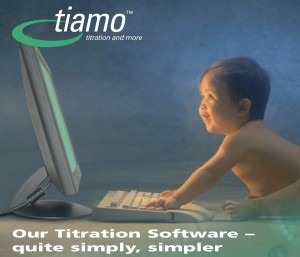
Metrohm discusses trace-metal analysis for fruits and vegetables.
In nutrition, synergetic effects play an important role.
A minimal amount of 400g of fruits and vegetables a day (starch containing tubes excluded) is a natural source of valuable fibres, vegetable proteins and protective micronutrients.
Therefore, the consumption of fruits and vegetables can help to prevent us from major diseases and certain cancers.
The kind of minerals and ions present in a fruit or vegetable also depend on the soil the plant is growing on.
Besides the natural minerals, fruit and vegetables can also contain highly toxic heavy metals, such as as lead or mercury.
Whether a metal is toxic or not is a matter of concentration.
Our body absolutely needs zinc as an essential trace element, but in large amounts zinc will interfere with the metabolism of other minerals in the body and is, under this circumstances, toxic.
Storage and conservation of fruits and vegetables is also a possible source of contamination, as in the case of using tin plate for cans.
The vitamin C concentration in fruit, as well as a huge number of anions and cations present, can be determined by ion chromatography, titration or voltammetry/polarography.
Due to its high sensitivity, voltammetry and polarography are the first choice in trace-metal analysis.
Titration provides an easy and cheap way to analyse major minerals in fruits and vegetables.
When it comes to nitrate analysis or the analysis of different ions concomitantly, ion chromatography is useful.
Metrohm offers free monographs, application bulletins and notes for the analysis of fruits and vegetables.





